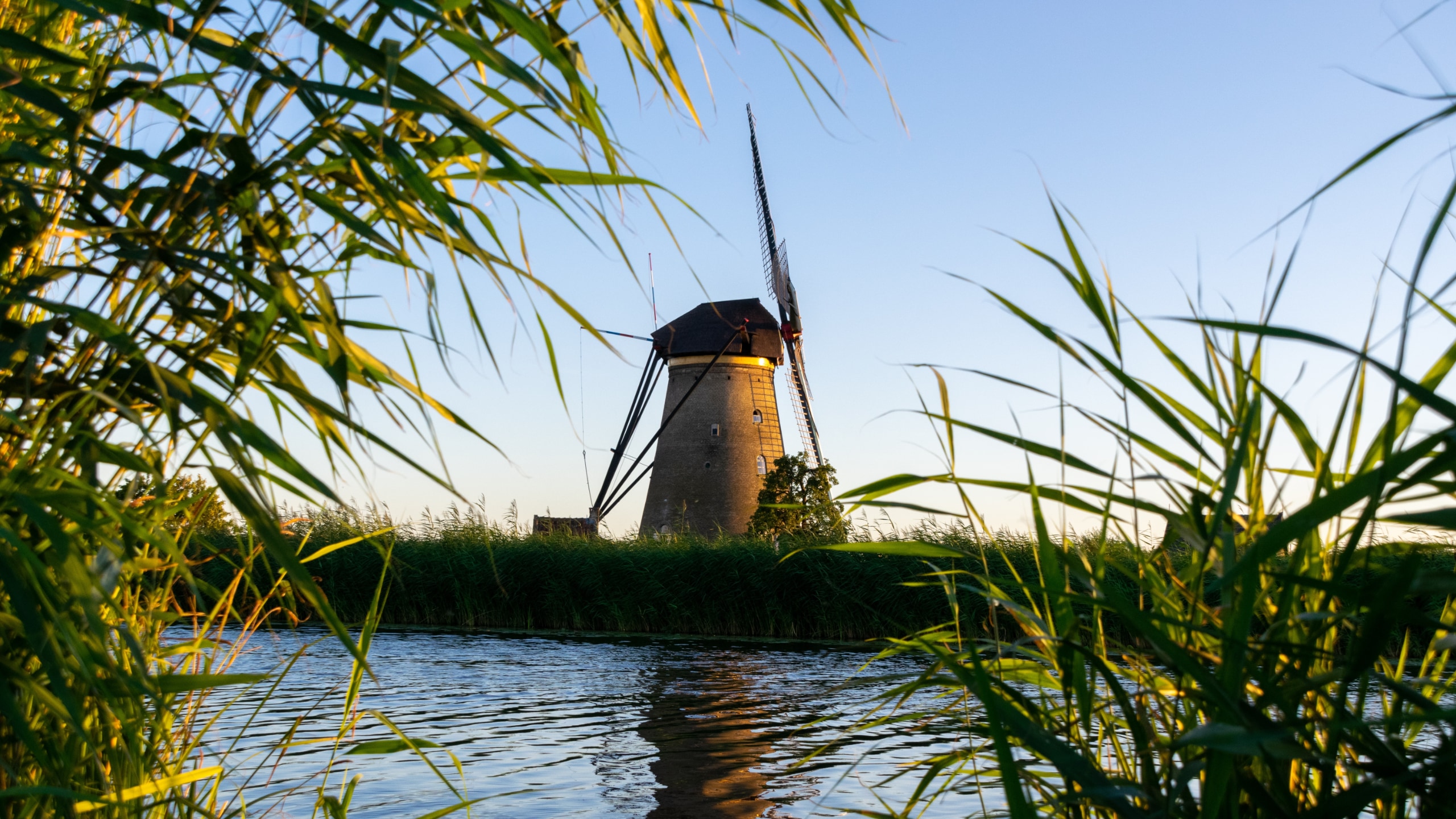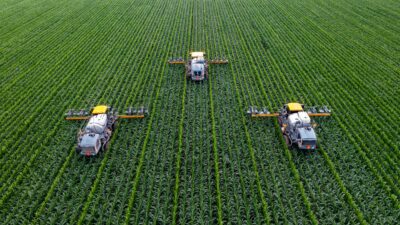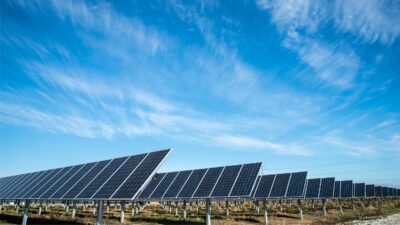Floris Van Ogtrop

Making room for the rivers
When the Rhine and Meuse Rivers flooded in the Netherlands in the mid 1990s, causing the evacuation of more than 200,000 people and a damage bill of more than three hundred million Euros, the Dutch Government did not react in the traditional manner.
That is to say, the government deliberately did not respond with a raft of flood protection infrastructure measures such as reinforcing and increasing the height of existing flood protection infrastructure or building new infrastructure.
Rather, these events pushed through a paradigm shift that had started in the 1980s, which we now refer to as “room for the river”.
Simplistically, we can think of flood risk as being the product of the probability that a flood will occur, multiplied by the cost of the damage caused by the flood to infrastructure and loss of life and livestock (flood risk = flood probability x flood damage). Traditionally, the focus has been on decreasing the probability by building flood protection infrastructure, such as levees and dams, to prevent flood waters moving into the floodplains, and channeling it quickly and efficiently to its destination (a river delta or floodplains and wetlands further downstream).
These measures have resulted in several problems. For example, constricting the rivers between levees may result in increases in flood height, velocity, and changes in sedimentation regimes. Furthermore, the apparent safety provided by flood infrastructure has resulted in significant development (agriculture, housing, industry) in floodplains, also known as the “levee paradox” or “safe development paradox”.
To date, the Room for the Rivers program has cost the Dutch government more than 2.2 billion Euros. The original 30 projects were completed by 2018. They included designing and constructing measures to increase room for the river such as moving dikes by hundreds of meters inland, deepening river channels, naturalising river channels, and introducing “water parks” to allow for increased conveyance of water within the rivers. The effect of these measures has been, for example, to increase the design discharge of a 1 in 1,250-year event along the Dutch part of the Rhine River from around 15,000m3/s to 16,000m3/s, which is equivalent to lowering the 1 in 1,250-year flood height by, on average, 30cm.
This may not seem like much, but simulation studies have demonstrated a significant reduction in the risk of levee breaches with decreasing the flood height, and this can best be achieved through widening river flood plains. In the summer of 2021, a 1 in 400-year rainfall event hit Germany and Belgium resulting in deadly and destructive floods, which also caused significant concerns for the Netherlands since those flood waters would eventually cross the border. This was the first test of the recently completed Room for the Rivers program. While there was localised flooding in the southern province of Limburg, causing significant damage to housing and other infrastructure, overall it was deemed that the program was a success. No lives were lost, and it was established that flooding was less severe due to the introduction of Room for the Rivers.
Climate change is predicted to exacerbate climate extremes which will in turn increase flood heights. More extreme dry and wet cycles also have the potential to further weaken flood infrastructure, such as levees. Thus, while room for the rivers has demonstrated the potential to reduce flood risk, there will still need to be co-investment in maintaining and potentially increasing the height of existing flood infrastructure, particularly given the increasing uncertainty in flood levels. This demonstrates that a two-pronged approach tackling both flood probability and reducing the consequences of floods when they occur are key to developing communities that are more resilient to flooding in a changing climate.

Reconnecting with nature
Creating room for rivers has not been without challenges, as floodplain broadening has required the government to buy up housing and farmland, causing stress at the local community level. Furthermore, given the Netherland’s long history with water management, there is a strong connection between communities and flood protection infrastructure. As a result, communities have been engaged at all stages in the development of these projects.
Creating room for the rivers has also had positive consequences for aquatic ecosystems through expanding freshwater habitats and even enhancing habitats through adopting nature-based solutions. This has, in turn, benefitted communities through giving access to expanded nature reserves to be used for recreational purposes.
Free the rivers everywhere?
Given its success in the Netherlands, could making space for rivers be adopted elsewhere? In Alberta, Canada, following significant flooding in 2013, the idea was floated. However, new towns continue to be developed alongside rivers, and damaged homes that were purchased by the province following the floods are being auctioned back to home owners following the construction of new flood infrastructure, having deemed the area “flood safe”.
Similarly, following floods in Brisbane, Australia in 2011, that caused a damage bill of $2.8 billion, there were calls to consider room for the river as an alternative approach to flood management in an environment where policies favour building new or reinforcing existing levees. It appears the sight of excavators raising or extending levees gives communities the sense that action is being taken.
There are significant challenges to be overcome to create room for the rivers. A lack of accountability around floodplain development and planning proposals, and conflicting policy priorities, will work to counter adoption. While each nation has their unique challenges, Australia and many other countries can clearly learn from the Netherlands which provides a solid blueprint for navigating the choice of whether to live with, or fight, the floods.
I would like to dedicate this article to the late Prof. Ir. Arjen Hoekstra, and thank him for guiding me on my journey to be part of the early stages of Room for the Rivers program all those years ago. May he rest in peace.
Image: Thomas Bormans
Floris van Ogtrop is an Associate Professor in the School of Life and Environmental Science, at the University of Sydney. His research interests include agriculture, surface water hydrology, limnology, and data science in the life sciences.
Share
We believe in open and honest access to knowledge. We use a Creative Commons Attribution NoDerivatives licence for our articles and podcasts, so you can republish them for free, online or in print.







